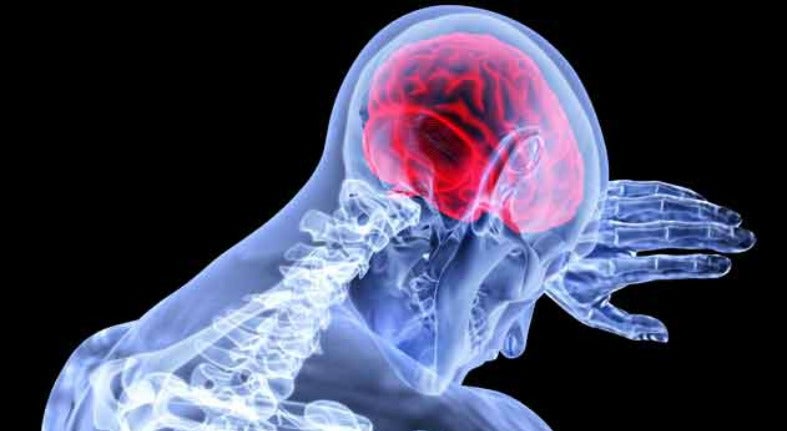Title: Georgetown Researchers Discover Two Forms of Gulf War Illness
A new study by Georgetown researchers suggests there are two distinct forms of Gulf War Illness.

A recently released Georgetown study may help explain why veterans with Gulf War Illness have such a wide variety of physical complaints – researchers have determined that there may be two forms of the illness.
A research team at Georgetown University Medical Center (GUMC) published their findings online today in PLOS ONE. The study suggests the illness varies depending on which brain regions show atrophy.
“Our findings help explain and validate what these veterans have long said about their illness,” says Rakib Rayhan, a researcher in the GUMC lab of the study’s senior investigator, Dr. James Baraniuk.
First Physical Evidence
Gulf War Illness is believed to have affected more than 200,000 military personnel who served in the 1990-1991 Operation Desert Shield and Desert Storm and were exposed to nerve agents, pesticides and herbicides and other toxic chemicals.
The symptoms – which have not been widely accepted by the public or medical professionals – range from mild to debilitating, and can include widespread pain, fatigue and headache as well as cognitive and gastrointestinal dysfunctions.
The recent GUMC findings follow a study by Baraniuk and his research team published in March in PLOS ONE that they say is the first physical evidence of the illness.
The first study showed that Gulf War veterans’ had abnormalities in the bundle of nerve fibers connecting the brain areas involved in the processing and perception of pain and fatigue.
New Research Findings
The new study, using functional MRI, found one group of veterans had atrophy in the brainstem, which regulates heart rate, while another showed atrophy in cortical regions adjacent to pain perception.
Both groups showed compensatory use of different parts of the brain prior to stress tests, followed by the inability to use those areas after exercise. Such compensatory behavior is a trait often observed in neurodegenerative disorders.
Alterations in cognition, brain structure and exercise-induced symptoms found in the veterans were absent in a control group, the researchers say.
“This has been a 20-year detective story, and for the sake of our veterans, I hope we have made an impact for them,” says Baraniuk. “Now investigators can move from subjective criteria to objective MRI and other criteria for diagnosis and to understand the brain pathology.”
Validation for Veterans
Gulf War veteran and study participant Carolyn Kroot, 54, a retired warrant officer in the Army National Guard, spent six months in the Middle East during Operation Desert Storm. She believes she was exposed to sarin gas in Saudi Arabia.
“Our chemical alarms were going off constantly,” she says.
Within months of her return Kroot realized she was unable to focus on her work.
“I had a hard time comprehending and remembering things, and I was always fatigued,” she says. “It has been liberating for me to have the validation, the confirmation, that there is indeed something physically wrong with me.”
The Department of Defense Congressionally Directed Medical Research Program award (W81-XWH-09-1-0526) and federal funds (grant # UL1TR000101, previously UL1RR031975) from the National Center for Advancing Translational Sciences, and the National Institutes of Health, through its Clinical and Translational Science Awards Program, funded the study.